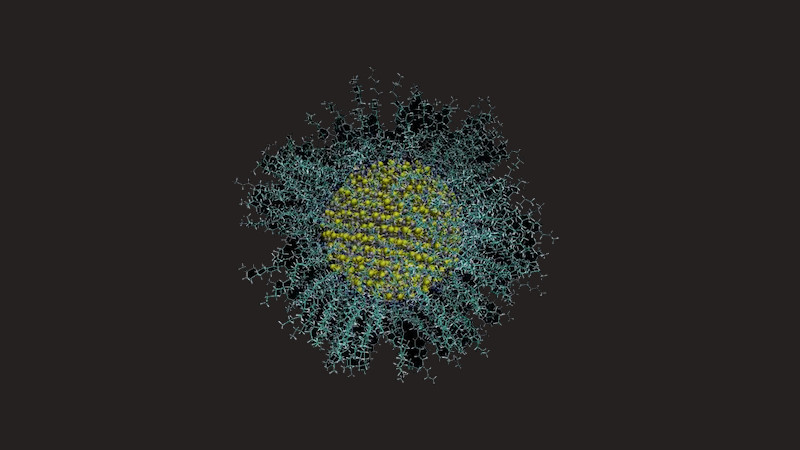
Researchers recently discovered a method to make televisions brighter and solar panels more efficient. The shape of so-called zinc sulfide nanocrystals plays a crucial role.
Curtin University researchers recently discovered a new method in nanotechnology that could lead to more advanced electrical devices. They found that the shape of zinc sulfide nanocrystals determines how well molecules, so-called ligands, can adhere to their surface.
Particularly flat structures, such as so-called nanoplates, enable significantly better adhesion compared to other shapes such as nanodots or nanorods. These findings could lead to everyday technologies such as televisions, LEDs and solar cells becoming significantly more efficient in the future.
Form of zinc sulfide nanocrystals makes electrical devices more efficient
The researchers examined how the shape of the nanocrystals influences the interactions with their surroundings. The result: Flat nanoplates offer more space for the arrangement of molecules and would therefore increase efficiency. This discovery could primarily lead to more efficient solar cells by converting more sunlight into energy.
At the same time, LEDs, which are used in televisions or screens, for example, could shine significantly brighter and consume less energy. According to the researchers, an application in medical imaging is also conceivable. Nanotechnology could lead to more efficient diagnostic devices.
Optoelectronics: Advances in Everyday Technologies
The study results could be particularly important for so-called optoelectronics. This is a technology that combines light and electricity. But the optimized nanocrystals will also be used in areas such as telecommunications and medical technology to develop more precise and efficient devices.
Thanks to the discovery, it could not only be possible to produce more efficient solar cells and brighter screens in the future, but also faster, more compact and more powerful electronic systems. This could accelerate progress in many industries and make devices even “smarter”.
Also interesting:
Source: https://www.basicthinking.de/blog/2024/11/04/zinksulfid-nanoplatten/


